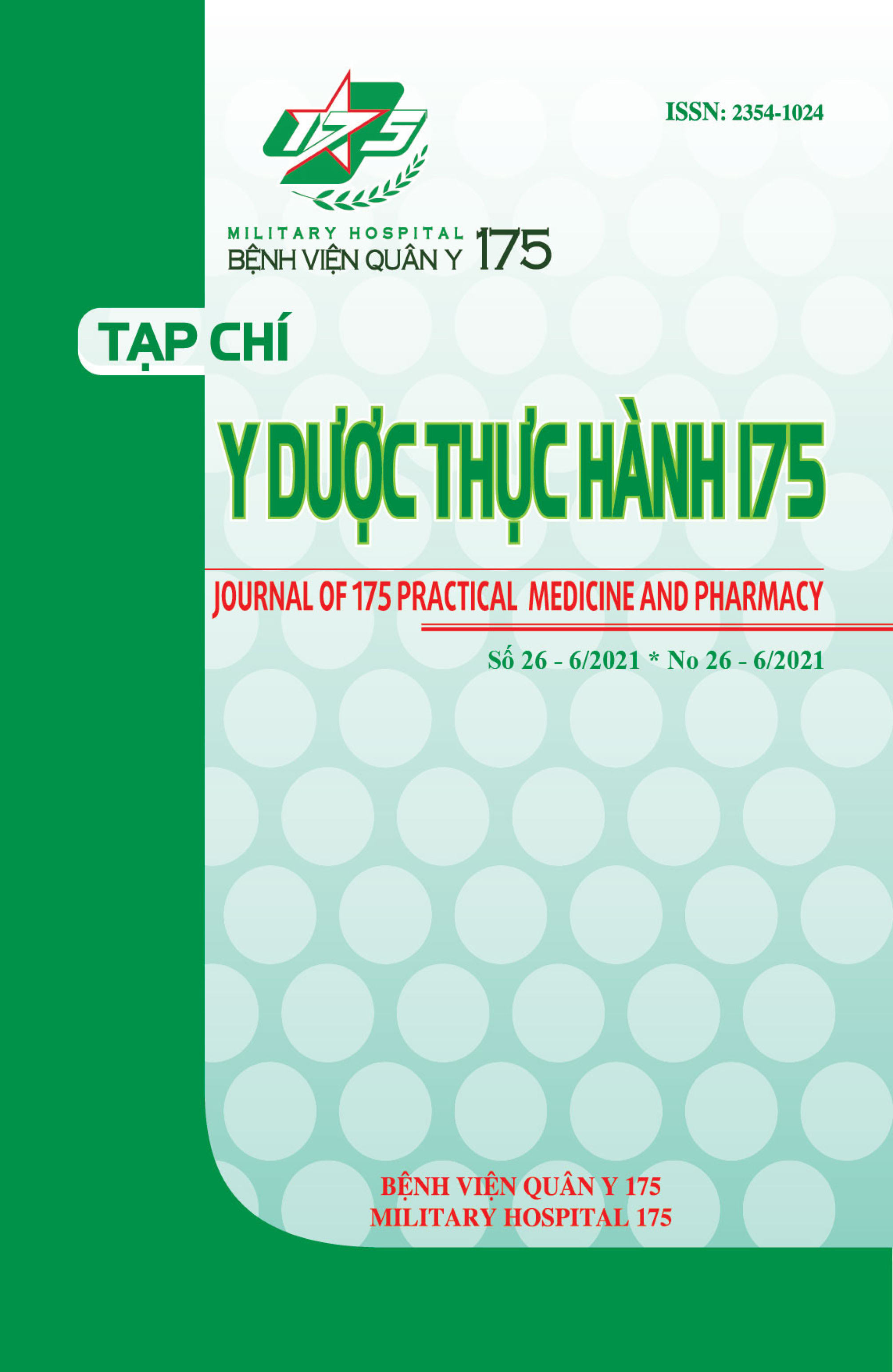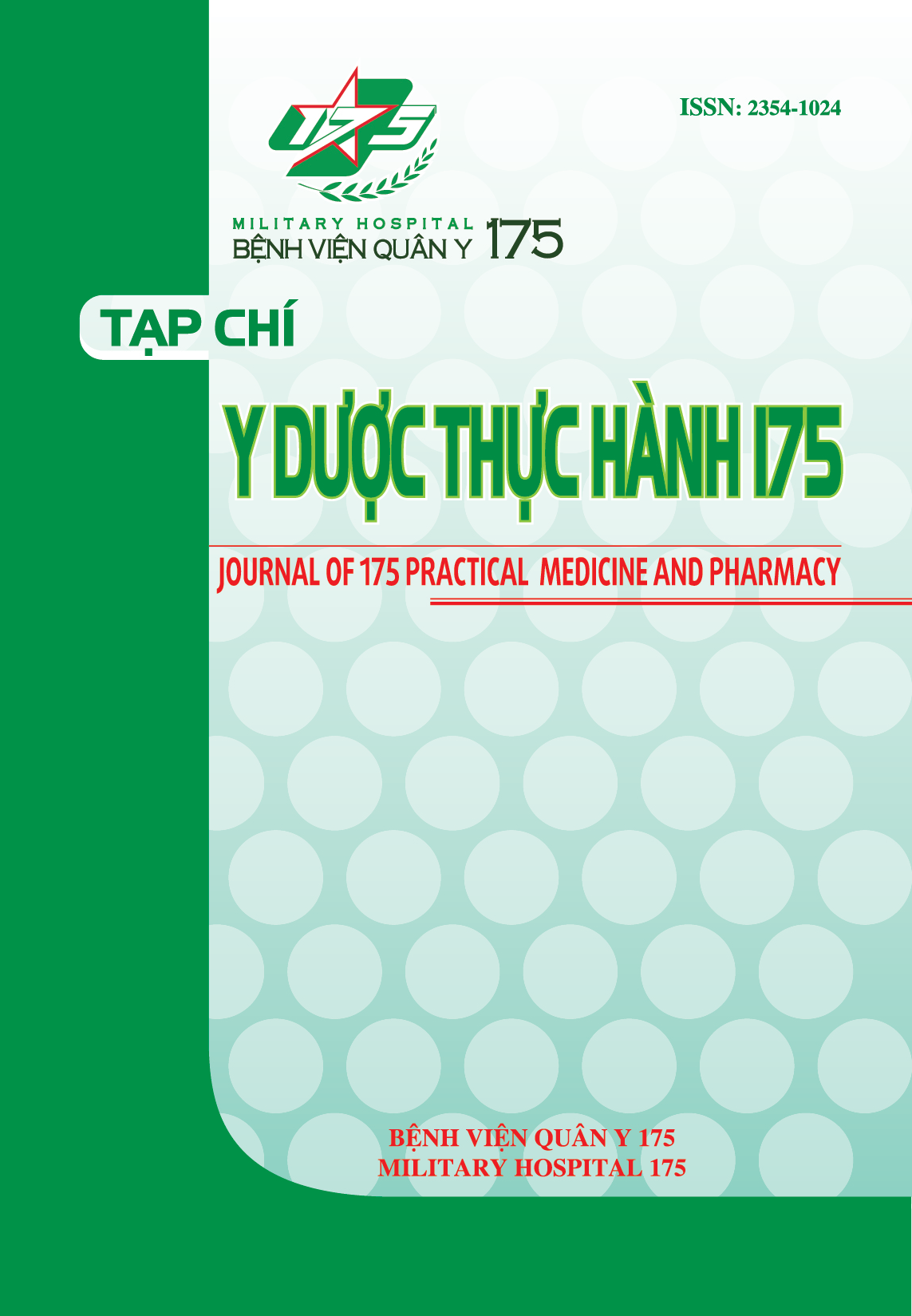CHARACTERISTICS OF THE METABOLIC SYNDROME IN OFFICERS AND EMPLOYEES OF CONSTRUCTION CORPORATION NO.1 – CONSTRUCTION MINISTRY
Authors
Keywords:
NCEP-ATP III, Metabolic syndrome, Construction staffsReferences
Swarup S., Zeltser R. (2019), “Metabolic syndrome”, StatPearls Publishing LLC, 1-5.
Nguyễn Hải Thủy (2015), “Hội chứng chuyển hóa” Giáo trình sau đại học, chuyên ngành Nội tiết và chuyển hóa, Nhà xuất bản Đại học Huế, 103-166.
Parikh Rakesh M., Mohan Viswanathan (2012), “Changing definition of metabolic syndrome”, Indian Jounal of Endocrinology and Metabolism, 16:7-12
Yamagishi K., Iso H. (2017), “The criteria for metabolic syndrome and the national health screening and education system in Japan”, Epidemiol Health, 39: e2017003.
Choo J., Yoon SJ., Ryu HCCH., et al (2016), “The Seoul Metropolitan Lifestyle Intervention Program and Metabolic Syndrome Risk: A Retrospective Database Study”, Int. J. Environ. Res. Public Health, 13, 667:1-12.
Chowdhury MZI., Anik AM., Farhana Z., et al (2018), “Prevalence of metabolic syndrome in Bangladesh: a systematic review and metaanalysis of the studies”, BMC Public Health, 18:308.
Nguyễn Văn Hoàng, Nguyễn Anh Vũ (2014), “Nghiên cứu nồng độ acid uric huyết thanh ở bệnh nhân hội chứng chuyển hóa có và không có tăng huyết áp”, Tim mạch học Việt Nam, 66: 167-174.
Nolan Paul B., Carrick-Ranson G., Stinear James W., et al (2017), “Prevalence of metabolic syndrome and metabolic syndrome components in young adults: A pooled analysis”, Preventive Medicine Reports, 7: 211–215.
Trần Quang Bình, Phạm Trần Phương (2015), “Hội chứng chuyển hoá ở người có chỉ số khối cơ thể bình thường tại cộng đồng tỉnh Hà Nam”, Tạp chí Y học Dự phòng, Tập XXV, 8 (168): 363.
Choo J., Yoon SJ., Ryu HCCH., et al (2016), “The Seoul Metropolitan Lifestyle Intervention Program and Metabolic Syndrome Risk: A Retrospective Database Study”, Int. J. Environ. Res. Public Health, 13, 667:1-12.
Downloads
PDF Downloaded: 16










